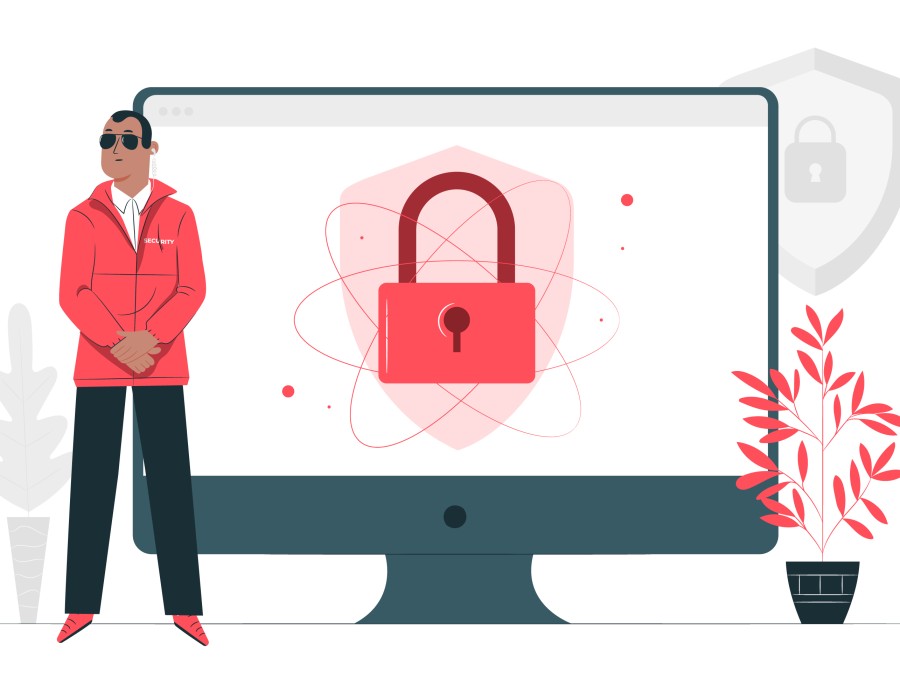When it comes to safeguarding sensitive data in the criminal justice system, compliance with Criminal Justice Information Services (CJIS) standards is non-negotiable. These standards ensure that data shared among law enforcement agencies remains secure and confidential. Authentication, as a cornerstone of CJIS compliance, plays a critical role in maintaining this security.
What Is CJIS?
The Criminal Justice Information Services Division, commonly referred to as CJIS, is a part of the FBI that manages and secures criminal justice information (CJI). This information includes fingerprints, criminal histories, and other sensitive data shared across various agencies. To protect this data, CJIS establishes strict security policies that organizations must follow to gain access to CJI.
Why Authentication Matters for CJIS Compliance
Authentication is the process of verifying a user’s identity before granting access to a system or data. Given the sensitive nature of criminal justice information, robust authentication mechanisms are essential for CJIS compliance. Weak or insufficient authentication can lead to unauthorized access, data breaches, or violations of federal standards.
Key Authentication Requirements in CJIS
The CJIS Security Policy outlines specific guidelines for authentication:
- Multi-Factor Authentication (MFA):
- Users must verify their identity using at least two factors from the following categories:
- Something they know (password or PIN).
- Something they have (security token or smartphone).
- Something they are (fingerprint or facial recognition).
- Encryption for Data in Transit and at Rest:
- Authentication processes must ensure that CJI remains encrypted when accessed remotely or stored in databases.
- Audit Trails:
- Authentication systems should log access attempts and record any failed attempts for future audits.
- Timely Access Control:
- Sessions must automatically time out after a period of inactivity to prevent unauthorized access.
Technologies Supporting CJIS Authentication
Several authentication technologies align with CJIS requirements:
- Biometric Authentication:
- Fingerprints, facial recognition, and iris scans ensure that only authorized personnel access CJI. Biometric data is unique and difficult to replicate, making it an effective authentication layer.
- Public Key Infrastructure (PKI):
- Digital certificates enhance security by providing encrypted communication and verifying user identities.
- One-Time Passwords (OTPs):
- OTPs delivered via email, SMS, or apps add an extra layer of security during login attempts.
- Federated Identity Management:
- Centralized identity solutions simplify authentication while meeting compliance requirements for agencies using multiple systems.
Challenges in Implementing CJIS-Compliant Authentication
- Complexity of Systems:
- Criminal justice agencies often work with legacy systems that may not support modern authentication methods. Upgrading these systems can be challenging.
- User Training:
- Personnel must be trained to adopt new authentication practices without compromising their workflows.
- Cost Considerations:
- Implementing advanced authentication technologies like MFA or biometric systems can strain budgets for smaller agencies.
The Future of CJIS and Authentication
As threats evolve, so do the security measures required to protect CJI. Emerging trends like passwordless authentication, risk-based access control, and adaptive authentication are likely to play a significant role in the future of CJIS compliance. These technologies can streamline access while ensuring that security remains robust.
Conclusion
CJIS compliance is essential for securing criminal justice information, and authentication is at its heart. By adopting strong authentication methods, agencies not only adhere to federal standards but also protect the integrity of the data they manage. As technology advances, the criminal justice system must stay ahead of emerging threats, leveraging innovative solutions to safeguard its most critical assets.





Comments